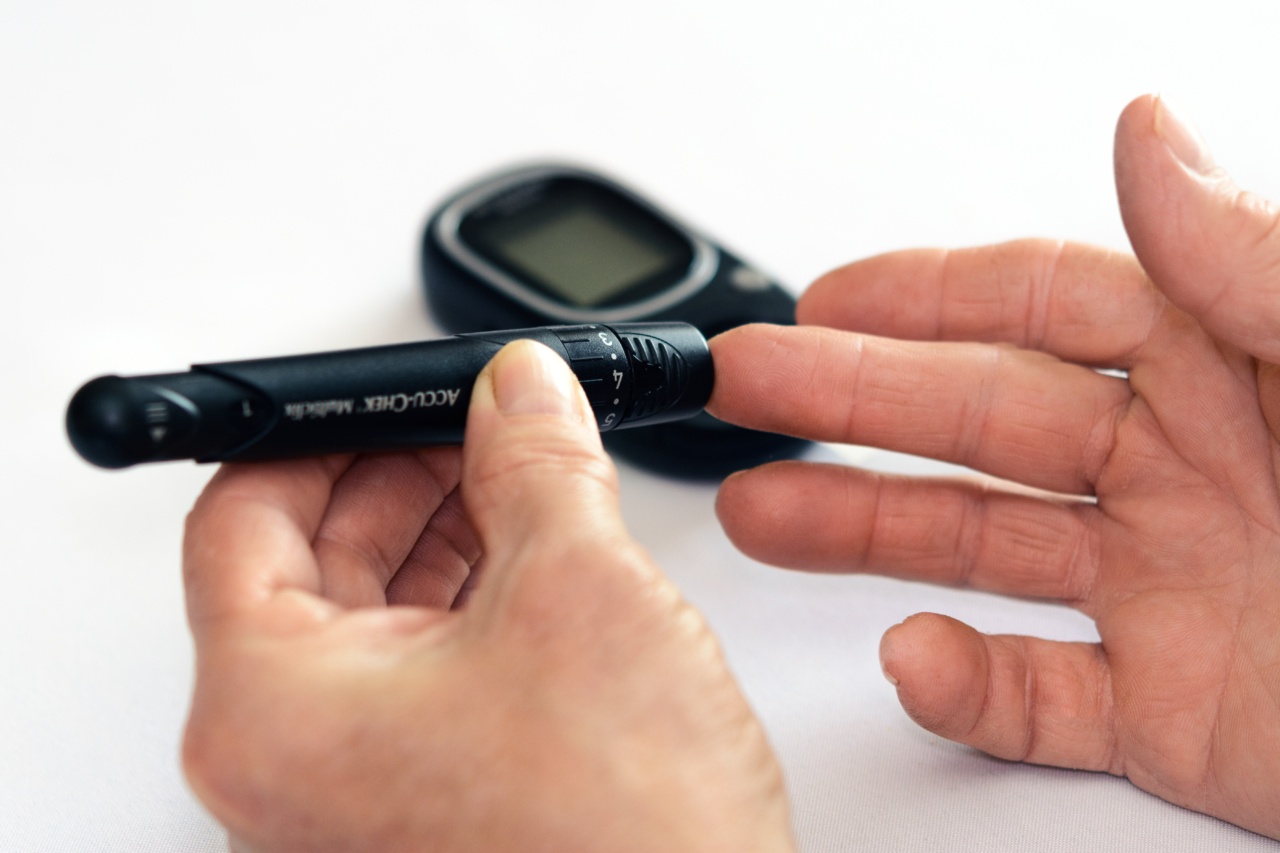Traditionally, individuals with diabetes have relied on finger pricks to measure their blood sugar levels. This invasive method involves pricking the finger with a lancet to obtain a blood sample, which is then analyzed using a glucometer.
While effective, the finger prick can be painful and inconvenient for many, leading to a search for alternative methods to measure sugar levels. In recent years, several non-invasive technologies have emerged as potential replacements for the finger prick. These innovative approaches offer a more comfortable and convenient way to monitor blood sugar levels, revolutionizing diabetes management.
Continuous Glucose Monitoring (CGM) Systems
One of the most promising alternatives to finger pricks is the Continuous Glucose Monitoring (CGM) system. This technology involves inserting a small sensor under the skin to measure glucose levels in the interstitial fluid.
The sensor transmits real-time data to a connected device, such as a smartphone or a dedicated receiver. This allows individuals with diabetes to monitor their glucose levels continuously throughout the day, without the need for painful finger pricks.
CGM systems provide valuable insights into glucose trends, allowing for better management of diabetes and informed decision-making regarding medication adjustments and lifestyle choices.
Flash Glucose Monitoring (FGM) Systems
Another notable advancement in sugar measurement is the Flash Glucose Monitoring (FGM) system. FGM combines the convenience of CGM with simplified data interpretation.
Instead of continuously transmitting glucose readings, FGM systems provide on-demand glucose information by scanning a sensor with a dedicated reader or compatible smartphone app. This scan provides users with a current glucose value, as well as glucose trend arrows, which indicate the direction and rate of change.
FGM systems offer discreet and painless glucose monitoring, reducing the need for frequent finger pricks while still providing essential information for diabetes management.
Smart Contact Lenses
A futuristic solution to finger pricks comes in the form of smart contact lenses. These innovative lenses incorporate miniature sensors that detect changes in the glucose levels of tears.
The sensor data is wirelessly transmitted to a connected device, providing users with real-time glucose readings. Smart contact lenses offer the potential for continuous glucose monitoring without any external devices or invasive procedures.
While this technology is still in the early stages of development, it holds great promise for transforming the way individuals with diabetes measure their sugar levels.
Transdermal Glucose Monitoring
Transdermal glucose monitoring aims to measure blood sugar levels through the skin, eliminating the need for finger pricks.
Various technologies are being developed to achieve non-invasive transdermal glucose measurement, including optical techniques, ultrasound, and microwave technologies. These devices use different mechanisms to assess glucose levels in the blood vessels beneath the skin’s surface, offering a painless alternative to traditional blood sampling methods.
While transdermal glucose monitoring is an exciting area of research, further advancements are needed to ensure its accuracy and reliability in real-world scenarios.
Saliva-Based Glucose Monitoring
Saliva-based glucose monitoring is an emerging field that holds significant potential as a non-invasive alternative to finger pricks. This approach involves analyzing saliva samples for glucose levels using specialized biosensors.
The sensors can detect the glucose concentration in saliva and provide an instant reading, allowing individuals with diabetes to monitor their sugar levels with ease. While saliva-based glucose monitoring is still in the developmental stage and faces challenges related to accuracy and consistency, it offers a promising avenue for non-invasive sugar measurement.
Artificial Intelligence and Machine Learning
The integration of artificial intelligence (AI) and machine learning (ML) technologies has been instrumental in optimizing sugar measurement and diabetes management.
By analyzing vast amounts of data from various sources, including CGM systems, FGM systems, and traditional finger pricks, AI algorithms can generate personalized insights and predictions. These AI-powered systems can help individuals with diabetes understand their sugar patterns, identify potential triggers, and make proactive decisions.
The combination of cutting-edge technologies and data-driven approaches revolutionizes the way we approach diabetes management and sugar measurement.
Wearable Devices and Mobile Apps
Wearable devices and mobile apps have become integral components of modern health monitoring, including sugar measurement. Several wearable devices, such as smartwatches and fitness trackers, feature built-in sensors that can track glucose levels.
These devices provide users with continuous or on-demand glucose readings, enabling them to stay informed about their sugar levels throughout the day. Mobile apps complement wearable devices, offering comprehensive data visualization, trend analysis, and reminders for medication or lifestyle interventions.
The synergy between wearable devices and mobile apps enhances the accessibility and usability of sugar measurement technologies, empowering individuals with diabetes to take control of their health.
The Future of Sugar Measurement
The quest for a finger prick replacement continues to drive advancements in sugar measurement technologies.
The development of novel sensors, improved data analysis algorithms, and integration with other health monitoring devices holds immense promise for the future. With further research and innovation, we can expect non-invasive methods to become more accurate, reliable, and user-friendly.
The ultimate goal is to provide individuals with diabetes seamless and painless access to their sugar measurements, allowing for precise and timely interventions to manage their condition effectively.
Conclusion
The finger prick has long been the primary method for sugar measurement in diabetes management. However, advancements in technology have paved the way for non-invasive alternatives that offer convenience, comfort, and real-time information.
Continuous glucose monitoring systems, flash glucose monitoring systems, smart contact lenses, transdermal glucose monitoring, saliva-based glucose monitoring, artificial intelligence, machine learning, wearable devices, and mobile apps all contribute to the ever-evolving landscape of sugar measurement. As these technologies continue to mature and become more accessible, the future holds great promise for individuals with diabetes, enabling them to live healthier and more proactive lives.






























